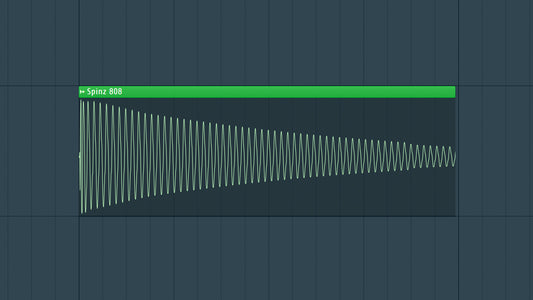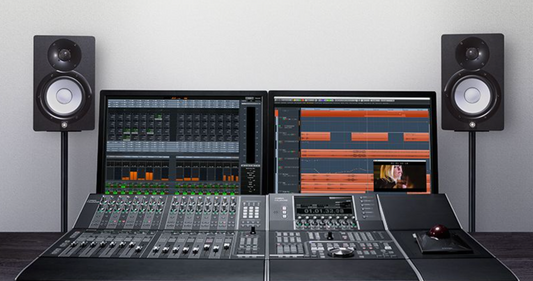Introduction
Trap music has been one of my favorite genres since a little kid, especially since I was born in Atlanta. It has evolved over the years, becoming a dominant force in the music industry. Originating from the Southern hip-hop scene, trap has transcended regional boundaries to become a global phenomenon. If you've ever wanted to try your hand at crafting your own trap beats, this comprehensive guide will walk you through the key elements and steps to create a captivating trap music masterpiece.
CLICK HERE TO DOWNLOAD A FREE TRAP SAMPLE PACK

1. Understanding the Basics:
Before diving into the production process, it's essential to grasp the fundamental characteristics of trap music. Typically characterized by its slow tempo (usually around 140-160 BPM), prominent hi-hats, heavy basslines, and rhythmic snare patterns, trap music has a unique sonic identity that sets it apart from other genres.
2. Essential Equipment and Software:
To get started, you'll need the right tools. Invest in a digital audio workstation (DAW) like FL Studio, Ableton Live, or Logic Pro X. These platforms provide the necessary features and functionality for producing trap music. Additionally, having a MIDI controller, quality headphones, and studio monitors can significantly enhance your production experience.
3. Crafting the Foundation: Drum Patterns and Basslines:
The backbone of trap music lies in its drum patterns and basslines. Begin by creating a solid foundation with a punchy kick drum, syncopated hi-hats, and a distinctive snare pattern. Experiment with different drum samples to find the ones that complement your vision. As for basslines, choose deep and resonant tones to create a powerful low-end presence.
4. Layering Synths and Melodies:
Trap music often incorporates melodic elements, with synths and melodies playing a crucial role. Experiment with different synth sounds, such as plucks, pads, and atmospheric textures. Don't be afraid to layer multiple melodies to add complexity and depth to your composition. Trap melodies are known for their catchy hooks and memorable motifs, so spend time refining this aspect of your production.
5. Sound Selection and Mixing:
Selecting the right sounds is paramount in trap music production. Pay close attention to the quality of your samples and instruments. Make use of effects like reverb, delay, and equalization to shape and enhance your sounds. A well-mixed track ensures that each element sits in the mix appropriately, creating a balanced and professional sound.
6. Experimenting with Vocal Samples:
Many trap music tracks feature vocal samples, ranging from short phrases to ad-libs. Experiment with vocal samples to add an extra layer of interest to your production. You can manipulate and chop vocals to fit seamlessly into your track, creating a unique sonic signature.
7. Arrangement and Dynamics:
Crafting an engaging arrangement is crucial for keeping your listeners hooked. Experiment with the arrangement of different sections, such as intro, verse, chorus, and bridge. Utilize dynamics by introducing variations in intensity and energy throughout the track to maintain interest.
CLICK HERE TO DOWNLOAD A FREE TRAP SAMPLE PACK
Conclusion
Producing trap music is a creative journey that involves experimentation, innovation, and a keen ear for detail. By understanding the genre's fundamentals and following these steps, you can embark on your trap music production adventure with confidence. Remember, the key is to let your creativity flow and enjoy the process of crafting beats that resonate with your unique style. Happy producing!




